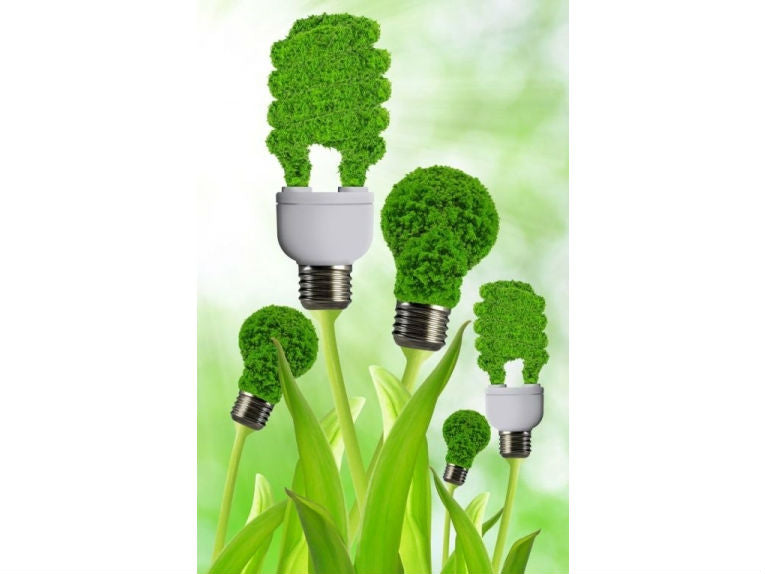Photosynthetic micro- energy cells similar to fuel cells are likely to be developed, now that researchers at Berkeley Labs Joint Center for Artificial Photosynthesis have fixed up a micro-fluid bed that separates the anode from the cathode and the hydrogen product from the oxygen. "While there have been a number of artificial photosynthesis demonstrations that have achieved attractive solar to hydrogen conversion efficiencies, relatively few have included all of the operating principles, especially the chemical isolation of the cathode and anode," boasts Joel Ager, member of the team who demonstrated the first test bed for solar driven electrochemical energy conversion. The raw material is water.
Miguel Modestino reckons in this PCCP paper that 19 channels per device gave an 8 square mm active area within the test bed of their cell. This creates lots of possibilities to enlarge the equipment with their readily microfabricated chips. Versatility is the name of this game, whether for small scale production or prising the maximum amount of the energy from the Sun to supply a large amount of for power stations or other big users.
The joint authors publish their paper in the journal Physical Chemistry Chemical Physics (PCCP) entitled, "Integrated microfluidic test-bed for energy conversion devices." Rachel Segalman, also with Berkeley Lab's Materials Sciences Division joins Miguel Modestino, Camilo Diaz-Botia, Sophia Haussener and Rafael Gomez-Sjoberg in the team.
Carbon dioxide levels have now reached 400ppm. Carbon neutral alternatives to fossil fuels are desperately needed before we overheat the planet. Instead we can use the light from the sun for the creation of energy and allow the heat to escape without all of the carbon dioxide production of the present day. Copying the photosynthesis of green plants involves a specialised polymer membrane operating on a nano-engineered scale.
The end product of course is the hydrogen that plants incorporate into glucose sugar. We will use it directly or convert it into a fuel. The trouble is that carbon dioxide must not be emitted from that fuel. Making gasoline is possible for example, but makes the whole aim of these projects pointless.
This apparatus makes photosynthetic-like reactions separate at the cathode and anode, and manages the reactants in separate streams so that they don't remix within the micro scale of their catalytic reactions.










